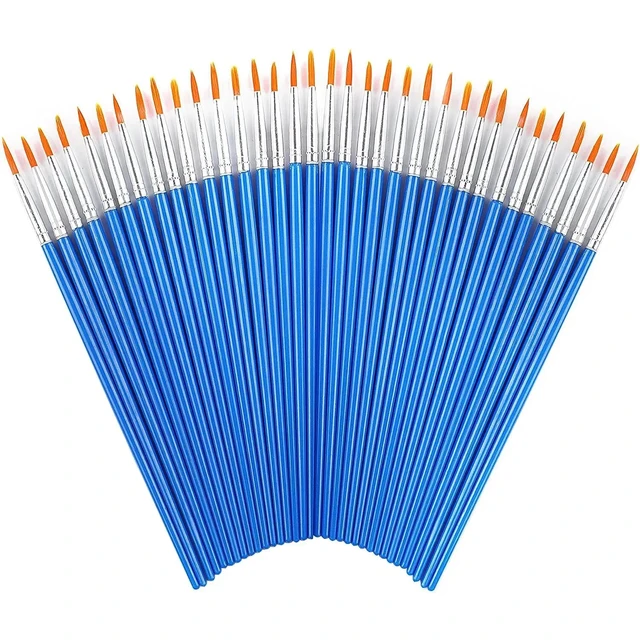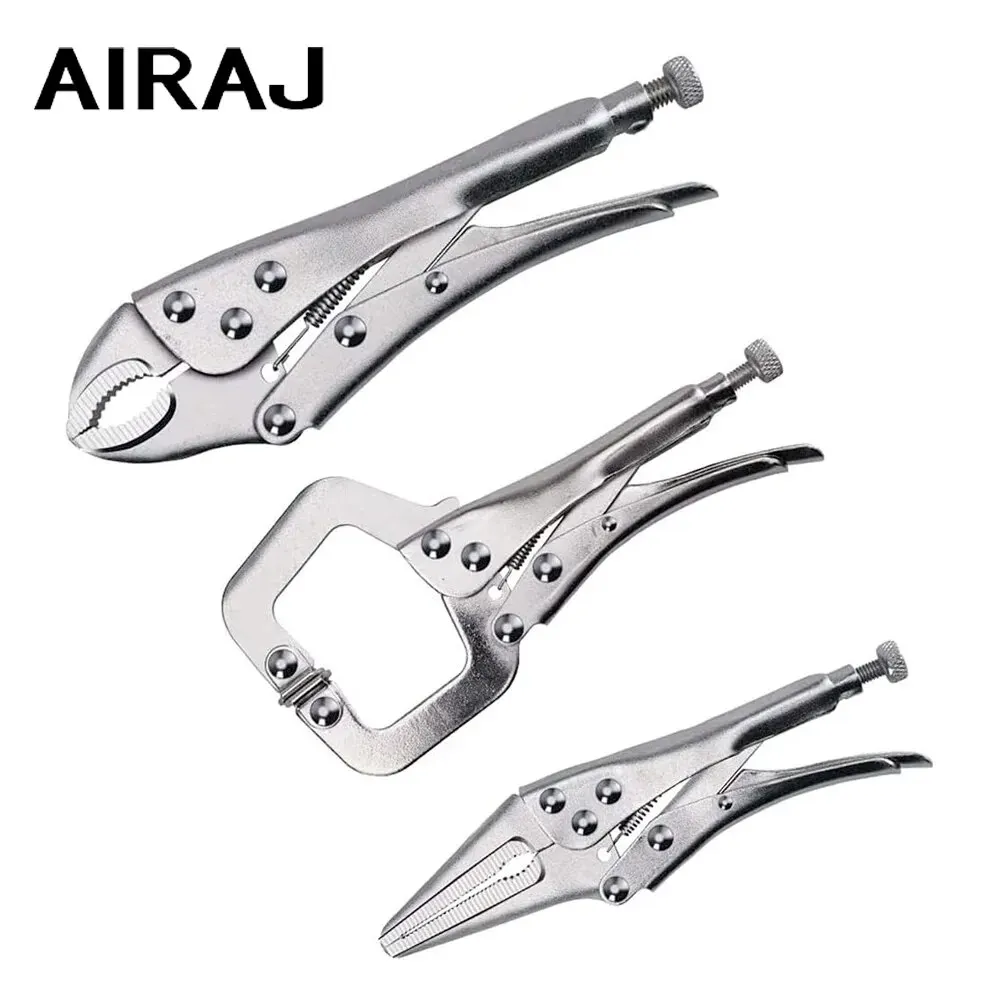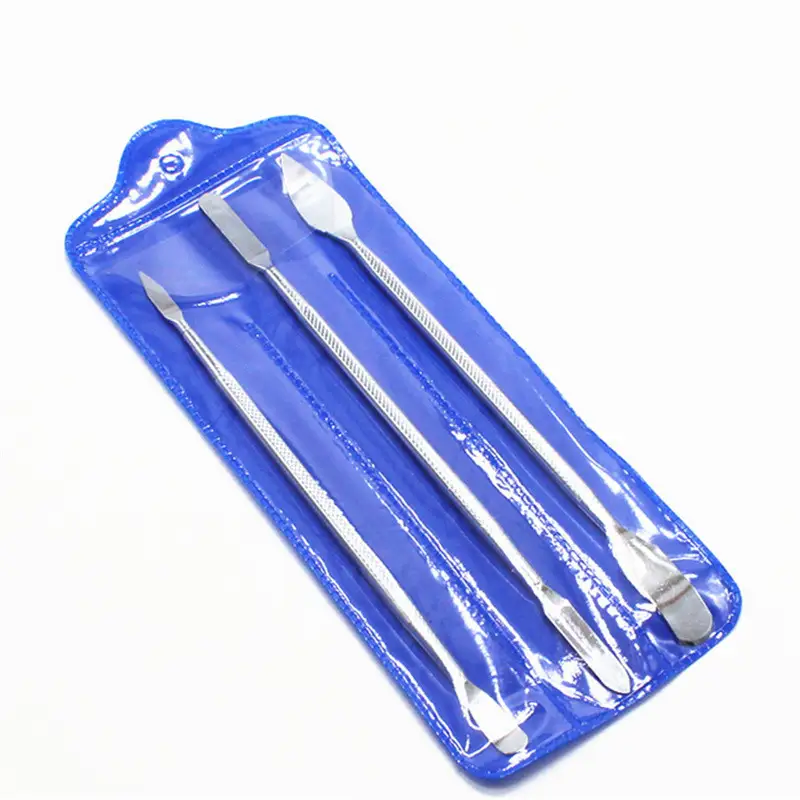Category Archives: Learning
This Homebrew CPU Got Its Start In The 1990s
I have a new post on Hackaday: This Homebrew CPU Got Its Start In The 1990s.
How to Force Your Brain To Be Motivated (when you don’t feel like it)
DFUZ:
- Distinguish; feelings from thoughts from actions
- Fake; act like a motivated person and do the actions
- Uptime; spend more time on tasks as you get better at it
- Zone; make sure your environment is distration free, if you find yourself distracted make a note about what distracted you so you can remove it in future
I found Justin’s TEDx talk over here: Stop Studying. Start Learning.
Old Book Teardown #13: Student Manual for the Art of Electronics 2nd Edition (1989) | In The Lab
This post is part of my video blog and you can find more information about this video over here.
You can support this channel on Patreon: patreon.com/JohnElliotV
Silly Job Title: Surge Sage.
In this video we have a look at an old book, the Student Manual for the Art of Electronics (find on archive.org). This old book references The Art of Electronics 2ed, but The Art of Electronics is up to 3ed now. In this video we just flip through the book to see what is inside.
This book is made obsolete by Learning the Art of Electronics 2ed, which is an ongoing project of ours.
Thanks very much for watching! And please remember to hit like and subscribe! :)
Following is a product I use picked at random from my collection which may appear in my videos. Clicking through on this to find and click on the green affiliate links before purchasing from eBay or AliExpress is a great way to support the channel at no cost to you. Thanks!
Yutiars Round Paint Brushes notes notes |
Let’s go shopping!
Introduction to Wire Wrap
While searching for a tutorial on how to use wire wrap I found this ten year old Hackaday video from Bil Herd.
Are Service Loops A Good Idea?
I have a new post on Hackaday: Are Service Loops A Good Idea?
New Book Teardown #7: Electricity and Magnetism 3rd Edition (2013) | In The Lab With Jay Jay
This post is part of my video blog and you can find more information about this video over here.
You can support this channel on Patreon: patreon.com/JohnElliotV
Silly Job Title: Prime Hack.
In this video we tear down Electricity and Magnetism 3rd Edition written by Edward Purcell and David Morin and published in 2013.
Electricity and Magnetism is one of the books I am taking notes for as a part of my Learning the Art of Electronics project. These notes are a perk for people who support me on Patreon, so what are you waiting for!? :)
There is a website for the book maintained by the publisher, but regrettably there’s not much there, just some material available to instructors only: https://www.cambridge.org/Purcell-Morin
I mention two xkcd comic in the video, those are these: Farads and Nerd Sniping.
The “esu” is prounounced as “eee-ess-you” and is also known as the Statcoulomb.
I mention the Franck–Hertz experiment which happens to be something I wrote a Hackaday article about: A DIY Version Of The Franck-Hertz Experiment.
The first edition of Electricity and Magnetism was volume two in a five volume course: Berkeley Physics Course.
The books mentioned in Chapter 1 include The Flying Circus of Physics and How Things Work.
The websites mentioned in Chapter 1 are:
The Feynman (1977) reference is to The Feynman Lectures on Physics which is also available here: www.feynmanlectures.caltech.edu
The symbol: ∇ (“nabla”, an upside down Δ “delta”) is the vector differential operator and its key uses are:
- ∇f → gradient of scalar
- ∇·F → divergence of vector field
- ∇×F → curl of vector field
- ∇² → Laplacian
The Big Clive video that I mentioned was this one: How a stungun creates 20kV from a 9V battery.
I also mention the show’s wiki, the ITL Wiki, which is on the web over here: https://www.inthelabwithjayjay.com/wiki/
Thanks very much for watching! And please remember to hit like and subscribe! :)
Following is a product I use picked at random from my collection which may appear in my videos. Clicking through on this to find and click on the green affiliate links before purchasing from eBay or AliExpress is a great way to support the channel at no cost to you. Thanks!
AIRAJ 3-Pcs 7-inch Locking Pliers notes notes |
Let’s go shopping!
The Tao of Programming
Every now and again I find myself reading this: The Tao of Programming.
Old Book Teardown #12: Principles of Electronic Circuits 2nd Edition (1997) | In The Lab
This post is part of my video blog and you can find more information about this video over here.
You can support this channel on Patreon: patreon.com/JohnElliotV
Silly Job Title: Technical Director.
In this video we teardown this old book: Principles of Electronic Circuits 2ed by Stan Burns and Paul Bond.
Some quotes which came up in the video:
Young man, in mathematics you don’t understand things. You just get used to them.— John von Neumann
If you think you understand quantum mechanics, you don’t understand quantum mechanics.— Richard Feynman
I mention that my friend from Learning as a hobby is going to send me the CDROM that goes with this book, so I will update this post with a link to the ISO when it arrives!
Thanks very much for watching! And please remember to hit like and subscribe! :)
Following is a product I use picked at random from my collection which may appear in my videos. Clicking through on this to find and click on the green affiliate links before purchasing from eBay or AliExpress is a great way to support the channel at no cost to you. Thanks!
Yum Cha 3pcs Universal Metal Spudgers |
Let’s go shopping!
Ben Eater Makes Computer Noises
I have a new post on Hackaday: Ben Eater Makes Computer Noises.
